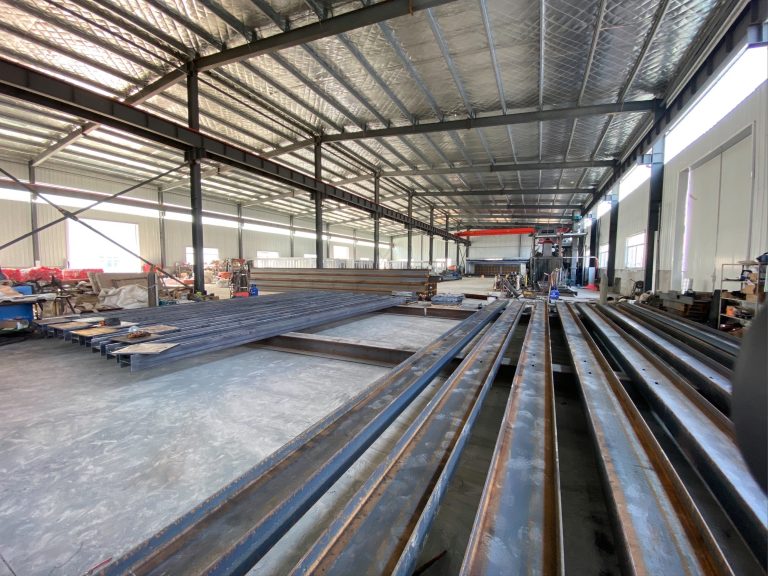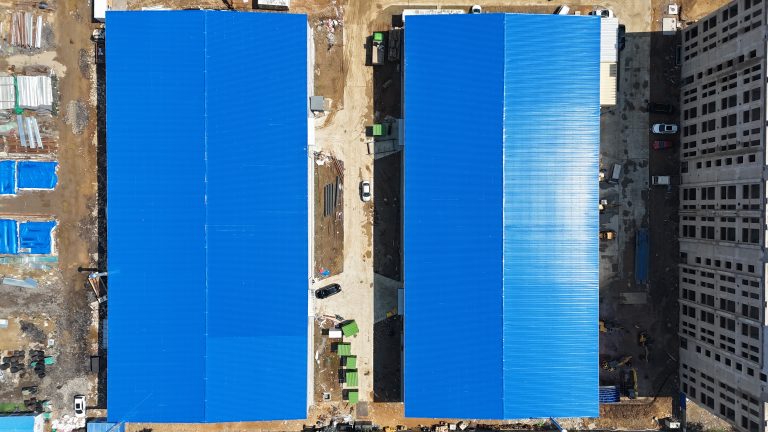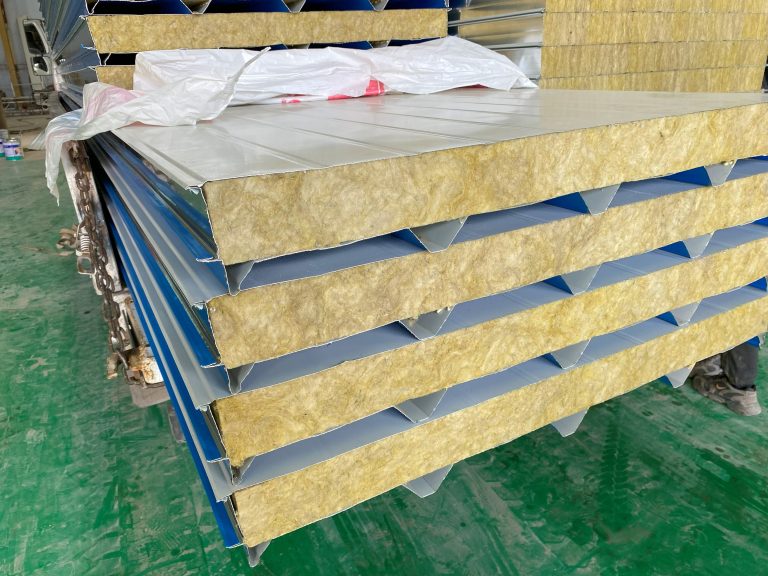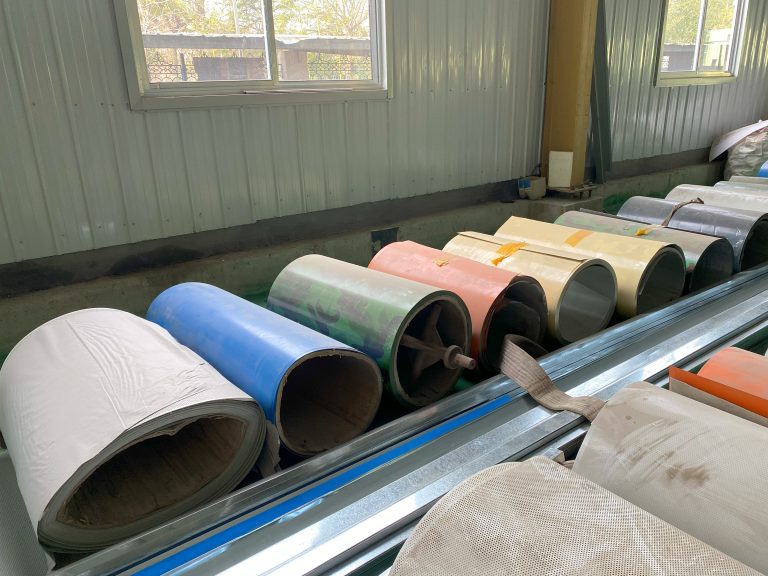This paper discusses how BIM (Building information modeling) technology promotes the development of steel structure industry to intelligence and refinement.
Table of Contents
Benefits of Implementing BIM Technology in Steel Structure Industry
Building Information Modeling (BIM) technology has revolutionized the way the construction industry operates. This innovative tool has not only improved efficiency and accuracy in project planning and execution but has also significantly impacted the steel structure industry. By integrating BIM technology into steel structure projects, companies can achieve greater intelligence and refinement in their processes.
One of the key benefits of implementing BIM technology in the steel structure industry is improved collaboration among project stakeholders. BIM allows architects, engineers, contractors, and fabricators to work together seamlessly on a single platform, sharing real-time information and making informed decisions. This level of collaboration ensures that all parties are on the same page, reducing errors and delays in the project timeline.
Furthermore, BIM technology enables better visualization of the steel structure project. With 3D modeling capabilities, stakeholders can see a virtual representation of the building before construction even begins. This visualization helps identify potential clashes or design flaws early on, saving time and money in the long run. Additionally, clients can better understand the project scope and make informed decisions based on the visual representation provided by BIM technology.
Another advantage of implementing BIM technology in the steel structure industry is the ability to optimize the design and construction process. BIM software allows for the creation of parametric models that can be easily modified to test different design options. This flexibility enables engineers and architects to explore various design alternatives and select the most efficient and cost-effective solution for the project. Additionally, BIM technology can generate accurate quantity takeoffs and material schedules, streamlining the procurement process and reducing waste.
In addition to improving collaboration and visualization, BIM technology also enhances project coordination and scheduling. By creating a digital twin of the steel structure project, stakeholders can simulate construction sequences and identify potential conflicts in advance. This proactive approach to project planning helps minimize disruptions on-site and ensures that the project stays on schedule. Furthermore, BIM technology can generate 4D construction schedules that integrate time-based information into the 3D model, providing a comprehensive overview of the project timeline.
Moreover, BIM technology promotes sustainability in the steel structure industry. By analyzing energy consumption, material usage, and environmental impact within the BIM model, stakeholders can make informed decisions to reduce the project’s carbon footprint. This level of sustainability not only benefits the environment but also enhances the project’s overall value and marketability.
In conclusion, BIM technology has transformed the steel structure industry by promoting intelligence and refinement in project planning and execution. By improving collaboration, visualization, design optimization, project coordination, scheduling, and sustainability, BIM technology has become an essential tool for companies looking to stay competitive in the construction industry. As technology continues to advance, the integration of BIM into steel structure projects will only continue to drive innovation and efficiency in the industry.
The Future of Steel Structure Industry with BIM Technology
Building Information Modeling (BIM) technology has revolutionized the way the construction industry operates. With its ability to create digital representations of buildings and infrastructure, BIM has become an essential tool for architects, engineers, and construction professionals. In recent years, BIM technology has also been making significant strides in the steel structure industry, promoting the development of intelligent and refined steel structures.
One of the key advantages of using BIM technology in the steel structure industry is its ability to streamline the design and construction process. By creating a digital model of the steel structure, architects and engineers can visualize the project in 3D, allowing them to identify potential issues and make necessary adjustments before construction begins. This not only helps to reduce errors and rework but also improves the overall efficiency of the project.
Furthermore, BIM technology enables better collaboration among project stakeholders. With a centralized digital model, architects, engineers, contractors, and fabricators can work together in real-time, sharing information and making decisions collaboratively. This level of collaboration helps to ensure that everyone is on the same page, leading to a more cohesive and successful project.
In addition to streamlining the design and construction process, BIM technology also promotes the development of intelligent steel structures. By incorporating data-rich models, architects and engineers can analyze various aspects of the steel structure, such as structural integrity, energy efficiency, and cost-effectiveness. This allows them to make informed decisions that result in smarter and more sustainable steel structures.
Moreover, BIM technology enables the integration of advanced technologies, such as parametric modeling and generative design, into the steel structure industry. These technologies allow architects and engineers to explore a wide range of design options and optimize the performance of the steel structure. By leveraging these advanced tools, the steel structure industry can push the boundaries of design and innovation, creating structures that are not only visually stunning but also highly functional.
Furthermore, BIM technology facilitates the prefabrication and modular construction of steel structures. By creating detailed digital models, fabricators can accurately manufacture steel components off-site, reducing construction time and waste. This prefabrication process also allows for greater precision and quality control, resulting in steel structures that are more durable and resilient.

Overall, BIM technology is transforming the steel structure industry, promoting the development of intelligent and refined structures. By streamlining the design and construction process, enabling better collaboration among project stakeholders, and facilitating the integration of advanced technologies, BIM is driving innovation and efficiency in the steel structure industry. As the technology continues to evolve, we can expect to see even more intelligent and refined steel structures that push the boundaries of design and construction.






